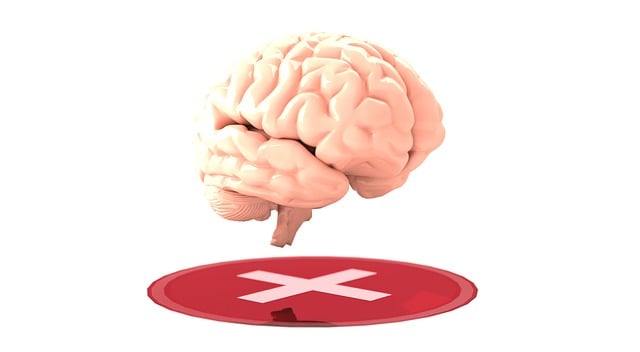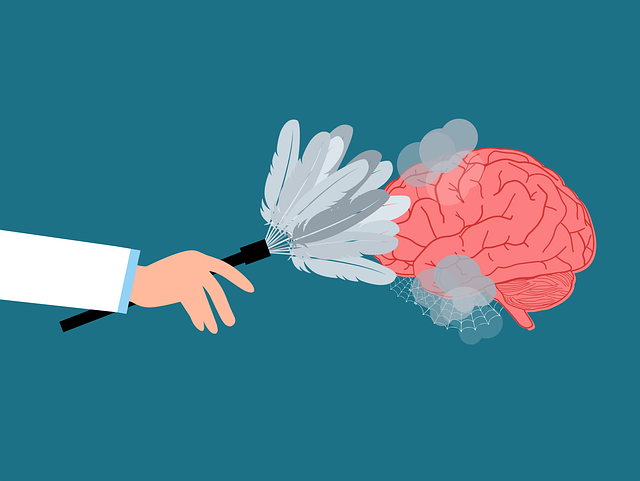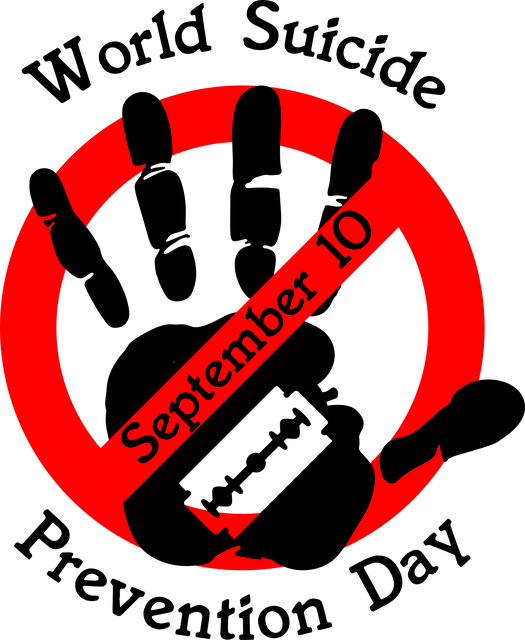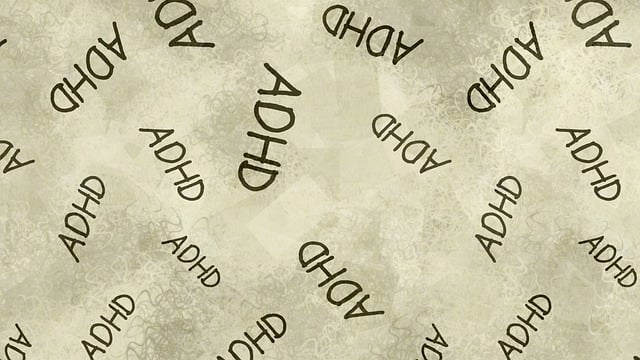Community outreach programs leveraging Parker Trauma Therapy (PTT) as a core strategy aim to improve mental wellness among diverse populations facing unique trauma challenges, especially in areas with limited or stigmatized mental health services. These programs involve training mental wellness coaches, conducting thorough risk assessments, and implementing evidence-based practices like PTT and mindfulness activities. A structured approach begins with identifying target audience needs and setting measurable objectives. Comprehensive risk assessments tailored to local contexts and burnout prevention plans ensure safe and effective environments. Continuous improvement through feedback mechanisms and data collection on mental health status adapt strategies for positive social change and holistic support, fostering community resilience.
Community outreach programs, like Parker Trauma Therapy initiatives, play a vital role in fostering resilience and healing. This comprehensive guide explores how organizations can effectively implement these programs, from understanding community needs (Why Parker Trauma Therapy Matters) to designing step-by-step strategies for success. We delve into crucial execution strategies (Implementing with Care) and evaluating impact (Measuring Impact), offering insights essential for impactful community outreach.
- Understanding Community Outreach: Why Parker Trauma Therapy Matters
- Designing Effective Programs: A Step-by-Step Guide for Success
- Implementing with Care: Strategies for On-Ground Execution
- Measuring Impact: Evaluating the Outcomes of Community Outreach Initiatives
Understanding Community Outreach: Why Parker Trauma Therapy Matters

Community outreach programs play a pivotal role in fostering mental wellness and healing within diverse populations. Among these initiatives, Parker Trauma Therapy stands out as a powerful tool, offering specialized care that addresses the unique challenges faced by individuals and communities affected by trauma. This therapeutic approach is particularly crucial in regions where access to mental health services might be limited or stigmatized.
By implementing Parker Trauma Therapy, community outreach programs can facilitate a holistic healing process, focusing on emotional regulation and resilience-building. Such programs often include development initiatives for mental wellness coaching, ensuring professionals are equipped with the latest techniques. Additionally, thorough risk assessments for mental health professionals are conducted to maintain safe and supportive environments, allowing individuals to confront and overcome trauma effectively.
Designing Effective Programs: A Step-by-Step Guide for Success

When designing effective community outreach programs, it’s crucial to follow a structured approach that aligns with evidence-based practices. Start by identifying the specific needs and goals of your target audience using research and stakeholder input. This step is key in ensuring your program resonates and benefits those you aim to serve. Next, develop clear objectives tied to measurable outcomes, focusing on areas like improving mental health literacy, enhancing social connections, or boosting confidence.
Integrate evidence-backed interventions such as Parker Trauma Therapy, which has proven successful in treating various traumas, into your program’s framework. Incorporate activities that promote mindfulness and emotional regulation, enhance communication skills, and foster a sense of belonging. For instance, incorporating Mind Over Matter principles can empower participants to manage stress and anxiety. Additionally, offering Social Skills Training can help build connections and improve overall well-being, making your outreach programs more impactful and sustainable.
Implementing with Care: Strategies for On-Ground Execution

Implementing a community outreach program requires careful consideration and strategic planning to ensure its success and sustainability. At the heart of effective on-ground execution lies a nuanced understanding of the local context, including cultural sensitivities and existing social structures. Mentored by experts like Parker Trauma Therapy, mental health professionals must approach each new initiative with a comprehensive risk assessment tailored to the community’s unique needs. This involves gauging potential risks, both for service providers and the recipients, and implementing strategies to mitigate them.
A robust burnout prevention plan is integral to the long-term viability of these programs. By prioritizing self-care, setting clear boundaries, and fostering a supportive network among peers, professionals can sustain their own well-being while providing quality services. Incorporating feedback mechanisms allows for continuous improvement, ensuring that the community outreach program remains responsive to evolving needs. Ultimately, successful implementation hinges on a delicate balance between structured planning and adaptability, guided by a commitment to positive social change and holistic mental health support.
Measuring Impact: Evaluating the Outcomes of Community Outreach Initiatives

Measuring the impact of community outreach initiatives is a critical step in understanding their effectiveness and ensuring they meet the needs of the target population. Organizations like Parker Trauma Therapy emphasize the importance of evaluation to gauge success and identify areas for improvement. This process involves collecting data on various outcomes, such as changes in mental health status, increased access to resources, and enhanced community resilience.
Through regular assessments, organizations can track progress in promoting self-awareness exercises and compassion cultivation practices, which are essential tools in preventing issues like depression. By measuring these outcomes, community outreach programs can adapt their strategies, fostering a more supportive environment and addressing specific challenges faced by the communities they serve.
Community outreach programs, such as those inspired by Parker Trauma Therapy, play a pivotal role in fostering resilience and healing within communities. By implementing well-designed initiatives, as outlined in this article’s steps, organizations can effectively address trauma and promote mental wellness. Measuring the impact of these efforts is crucial to understanding their long-term success and ensuring resources are directed towards the most impactful areas. Through careful execution and a data-driven approach, community outreach can revolutionize local support systems, creating a more resilient and connected society.














